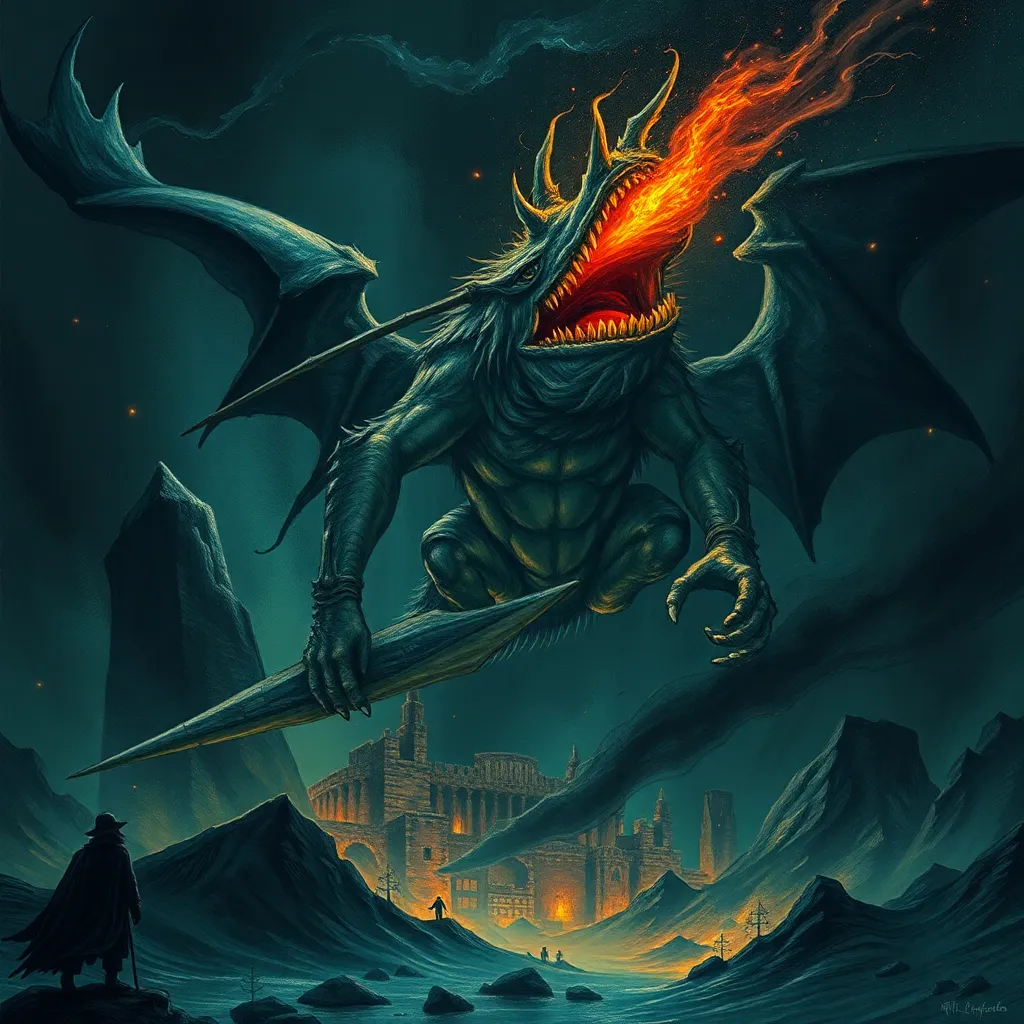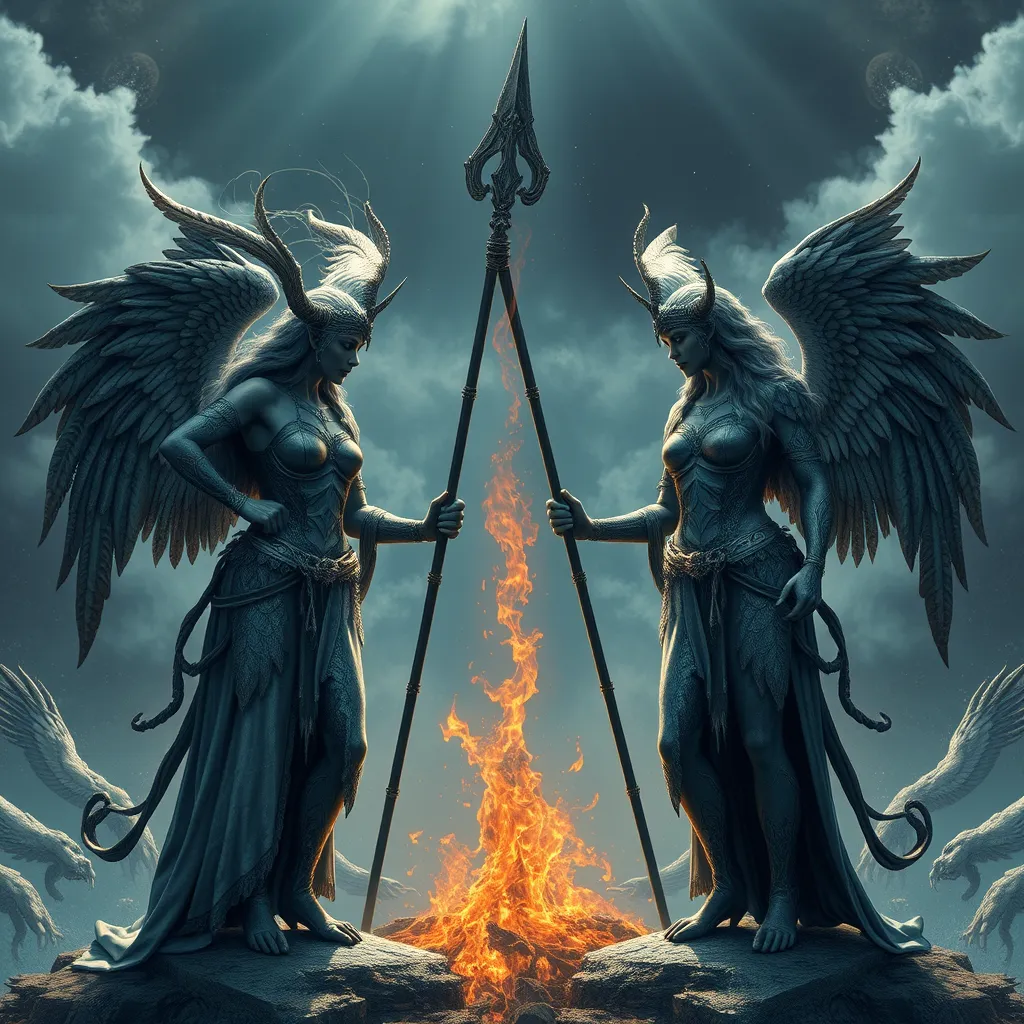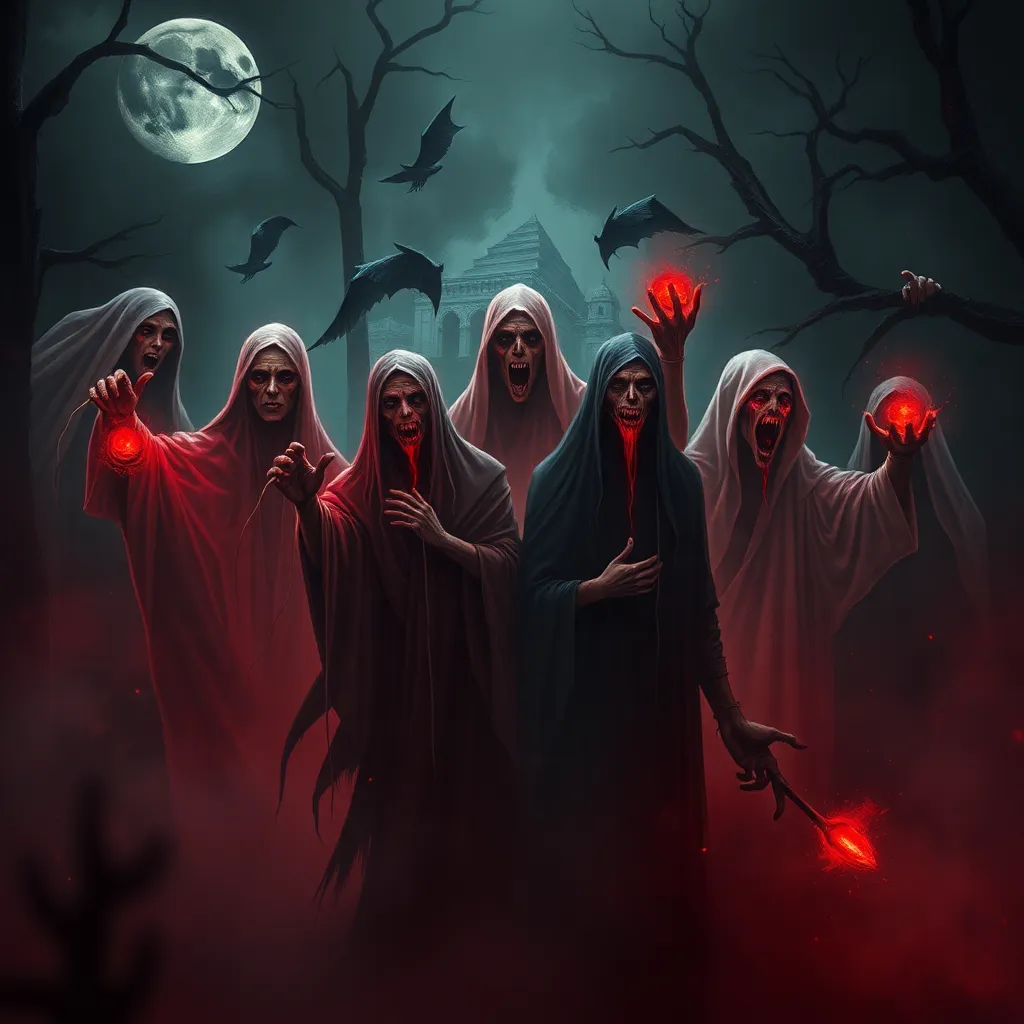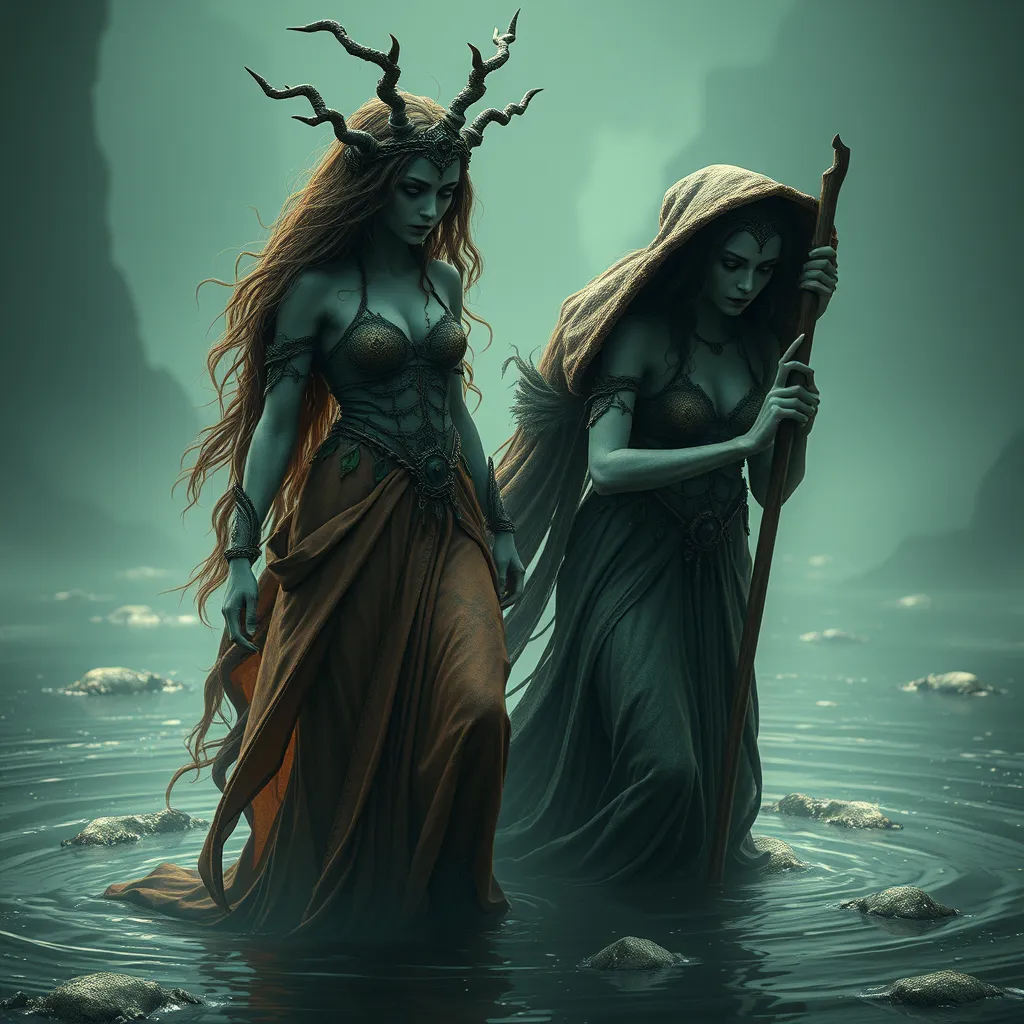The Chupacabra in Art and Literature: Representations of the Myth in Visual and Written Forms
I. Introduction
The Chupacabra is a mythical creature that has captivated the imaginations of people across the globe since its emergence in folklore. Defined as a blood-sucking creature that preys on livestock, particularly goats, the Chupacabra is often described as a small, reptilian creature with sharp fangs and glowing eyes. Its name, which translates to “goat-sucker” in Spanish, reflects its predatory nature.
This creature holds significant cultural importance, particularly in Latin American communities where the legend originated. The Chupacabra serves as a symbol of fear and the unknown, embodying various societal anxieties from economic instability to environmental concerns. The purpose of this article is to explore the artistic and literary representations of the Chupacabra, examining how this myth has been depicted through visual arts and literature.
II. Historical Background of the Chupacabra Legend
The origins of the Chupacabra myth can be traced back to Puerto Rico in the mid-1990s. The first reported sightings captured public attention when livestock began to mysteriously die, often found drained of blood with puncture wounds on their bodies. These events spurred widespread fear and speculation about a new type of predator.
Over the years, the legend has evolved, influenced by cultural exchanges and media coverage. As stories of the Chupacabra spread beyond Puerto Rico to other parts of Latin America and the United States, variations of the myth emerged. Key events, such as sensational news reports and documentaries, played a crucial role in popularizing the Chupacabra narrative, transforming it into a fixture of contemporary folklore.
III. Visual Representations of the Chupacabra
Visual representations of the Chupacabra have varied greatly, reflecting changes in artistic styles and cultural contexts.
A. Traditional art: Paintings and folklore illustrations
Early depictions of the Chupacabra often relied on folklore illustrations, capturing the creature in a manner consistent with traditional myths. Artists used vibrant colors and exaggerated features to evoke a sense of fear and intrigue.
B. Contemporary interpretations in digital art and graphic novels
In recent years, the Chupacabra has found a new life in digital art and graphic novels. Artists have reimagined the creature, often portraying it in a more stylized or humorous light. This shift reflects the creature’s transformation from a feared predator to a pop culture icon.
C. The role of photography and media in shaping public perception
Media coverage has played a significant role in shaping public perception of the Chupacabra. Photographs claiming to show the creature have circulated widely, fueling both belief and skepticism. The integration of the Chupacabra into various forms of media has solidified its status as a cultural phenomenon.
IV. Chupacabra in Literature
The Chupacabra has also made its mark in literature, evolving from oral traditions to modern written forms.
A. Early representations in folklore and oral traditions
Initially, the Chupacabra was part of oral storytelling traditions, where tales of its predatory nature were shared among communities. These stories served as cautionary tales, warning against neglecting livestock care.
B. Modern literature: Novels, short stories, and poetry featuring the Chupacabra
In contemporary literature, the Chupacabra appears in various genres, from horror to fantasy. Authors have used the creature as a metaphor for deeper societal issues, weaving it into narratives that explore fear, loss, and the unknown.
C. Analysis of themes and motifs related to the Chupacabra in literary works
- Fear of the unknown: The Chupacabra often represents the fear of what lies beyond our understanding.
- Societal anxieties: The creature is frequently linked to themes of economic hardship and ecological disasters.
- Identity and belonging: Some literary works explore how the Chupacabra reflects cultural identity and community resilience.
V. Symbolism and Cultural Significance
The Chupacabra is rich in symbolism, resonating with various aspects of cultural significance.
A. The Chupacabra as a symbol of fear and the unknown
The creature embodies humanity’s fear of the unknown, representing the anxieties that arise from unpredictable threats in rural communities.
B. Connections to social and political issues in the regions it is depicted
In regions where the Chupacabra is prevalent, the myth often intersects with social and political issues, such as poverty, migration, and environmental degradation.
C. The creature as a reflection of community anxieties and folklore evolution
As communities evolve, so does the Chupacabra myth, reflecting changing fears and societal dynamics. The creature becomes a canvas for collective anxieties and hopes.
VI. Comparative Analysis: Chupacabra and Other Cryptids
When examining the Chupacabra, it is useful to compare it with other mythical creatures.
A. Similarities and differences with other mythical creatures (e.g., Bigfoot, Loch Ness Monster)
- Bigfoot: Both legends involve elusive creatures; however, Bigfoot is often portrayed as a gentle giant, while the Chupacabra is a fearsome predator.
- Loch Ness Monster: Nessie is often associated with water, while the Chupacabra is linked to land and livestock.
B. Influence of global folklore on the representation of the Chupacabra
The Chupacabra has been influenced by various global folklore traditions, incorporating elements from other myths, which enrich its narrative.
C. The impact of globalization on the myth’s interpretation
Globalization has facilitated the spread of the Chupacabra legend, allowing for diverse interpretations and adaptations across cultures.
VII. Contemporary Relevance and Media Influence
In modern pop culture, the Chupacabra continues to thrive, showcasing its relevance in contemporary society.
A. The Chupacabra in modern pop culture (films, TV shows, and memes)
The Chupacabra has appeared in numerous films and TV shows, often depicted as a monster or as part of a larger narrative involving cryptids. Memes featuring the creature have also gained popularity, reflecting its place in internet culture.
B. The influence of social media on the myth’s popularity and reinterpretation
Social media platforms have allowed enthusiasts to share sightings, artwork, and stories related to the Chupacabra, fostering a community of believers and skeptics alike.
C. Public fascination and its impact on artistic creation
The enduring fascination with the Chupacabra inspires artists and writers to explore its themes, leading to a rich tapestry of creative works that keep the myth alive.
VIII. Conclusion
The Chupacabra’s representations in art and literature reveal a multifaceted myth that evolves with society. From its origins in Puerto Rico to its status as a global phenomenon, the creature continues to inspire artistic expression and literary exploration.
As myths endure and transform, they reflect the complexities of human experience. Future research and artistic endeavors will likely continue to expand our understanding of the Chupacabra, ensuring that this captivating legend remains a vibrant part of cultural discourse.



